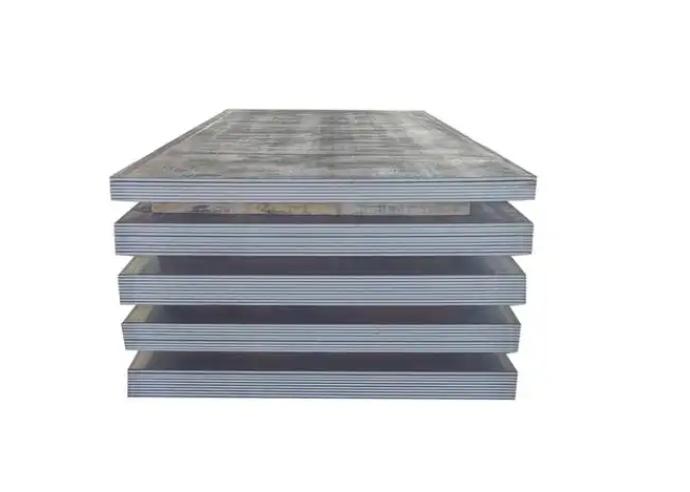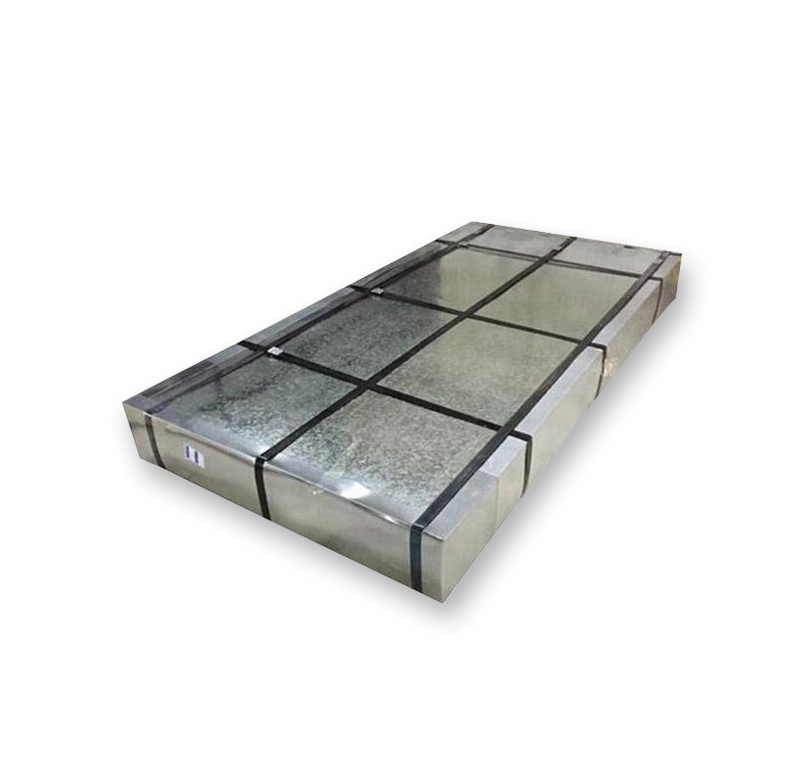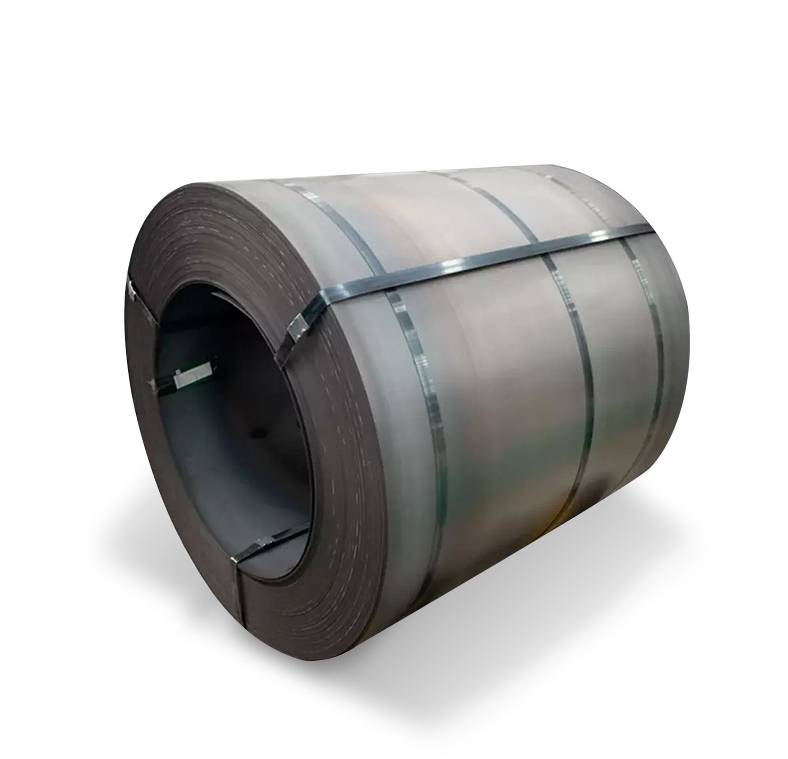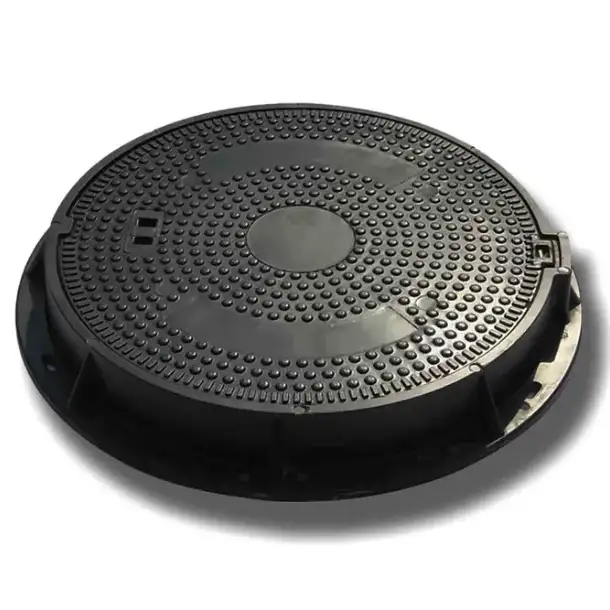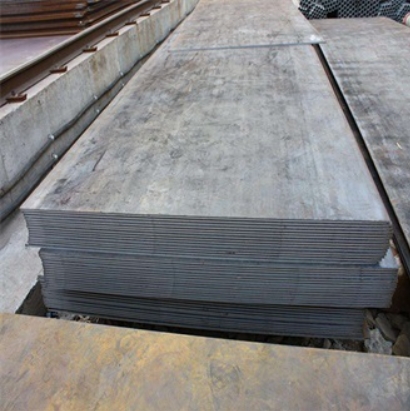Introduction: The High-Stakes Choice
Selecting the right structural material often involves juggling cost, strength, and service life. Carbon Steel Plates deliver an ideal balance—offering heat resistance, durability, and affordability. Yet many project teams overlook key pros and cons, leading to failures or budget overruns. This article explores:
-
High Carbon Steel Problems—brittleness & corrosion risks
-
Solutions—treatments, coatings, and design tweaks
-
Case Study—real-world failure & fix
-
Steps—how to specify and protect plates
-
Checklist—ensure nothing’s missed
By the end, you’ll know how to leverage carbon steel plates for heat-critical and heavy-duty applications.
Problem—Brittleness in High Carbon Steel
High carbon steels (0.6–1.0% C) gain hardness but lose toughness. Their impact resistance can be as low as 10 J (7.4 ft-lb), reflecting significant brittleness. Consequently, plates can crack under sudden loads—undesirable in press brakes or high-vibration settings.
Why Carbon Content Drives Brittleness
As carbon content increases, the steel forms more martensite—a hard but brittle phase. Therefore, yield strength rises, yet Charpy impact values plummet. This trade-off creates High Carbon Steel Problems like fracture during forming.
Problem—Corrosion Risks
Unlike stainless grades, carbon steel corrodes when exposed to moisture and oxygen. Unprotected plates can lose 0.1 mm of thickness per year in humid climates. Over a decade, that’s a 1 mm loss—weakening structures and inviting leaks.
Microstructural Corrosion Pathways
Carbide precipitates at grain boundaries accelerate intergranular attack. Meanwhile, mill scales trap moisture, fostering localized pitting. These mechanisms intensify High Carbon Steel Problems in uncoated plates.
Solution—Heat Treatment to Reduce Brittleness
Tempering & Annealing
After quenching, temper at 400–600 °C to convert brittle martensite into tempered martensite or bainite. Tempering boosts Charpy toughness to 30–40 J while retaining high yield strength. Annealing at 700 °C for low-carbon plates further enhances ductility.
Case Example
I once used 1095 steel plates in a press line. Cracking occurred at bends. By adding a 550 °C temper cycle, toughness improved, and cracking ceased. This fix underscores the power of proper heat treatment.
Solution—Corrosion Protection Strategies
Protective Coatings
Epoxy or polyurethane paints create a barrier against moisture. For heavy-duty, use duplex systems: hot-dip galvanizing followed by paint. This combo lasts 25+ years in industrial environments.
Cathodic Protection
Sacrificial anodes or impressed current systems render the plate cathodic, halting corrosion even if coatings fail. While costlier, CP suits buried or submerged plates.
Comparative Analysis: Project A vs Project B
| Feature | Project A: Uncoated Plate | Project B: Protected Plate |
|---|---|---|
| Corrosion Rate | 0.1 mm/yr | 0.005 mm/yr |
| Maintenance Cost (10 yr) | $50 k | $8 k |
| Failure Incidents | 4 | 0 |
| Initial Cost | $20 k | $24 k |
| Lifecycle Cost (10 yr) | $70 k | $32 k |
Project B’s protected plates solved High Carbon Steel Problems—despite higher upfront cost, lifecycle savings were 54%.
Step-by-Step Guide to Specifying Plates
-
Define Service Conditions: Temperature, load, corrosivity.
-
Select Carbon Content: ≤0.3% for ductile plates; ≤0.6% for strength.
-
Specify Heat Treatment: Quench & temper parameters.
-
Choose Protection: Paint, galvanize, or CP based on environment.
-
Require Material Certs: Mill test reports for composition & mechanicals.
-
Plan Inspection: Periodic thickness and adhesion tests.
-
Document Maintenance: Schedule recoats or anode replacements.
First-Person Insight
In one mill retrofit, I saw high-carbon liners crack in minutes under press cycles. We switched to tempered, galvanized plates. Ever since, I always factor in both High Carbon Steel Problems and protective measures at spec stage.
Practical Checklist
-
Service Conditions defined
-
Carbon Content matched to application
-
Heat Treatment specs confirmed
-
Corrosion Protection chosen (coating/CP)
-
Mill Test Reports obtained
-
Inspection Plan scheduled
-
Maintenance Protocol in place
Conclusion & Partner Recommendation
Carbon Steel Plates can excel under heat and heavy loads—if you address brittleness and corrosion. Proper heat treatment and protective systems transform them into durable, cost-effective solutions. For top-quality, treated carbon steel plates with reliable specs, trust Shanxi Luokaiwei Steel Company. With ISO-certified processes, custom treatments, and expert support, they help you sidestep High Carbon Steel Problems—so contact them today for your next project.


